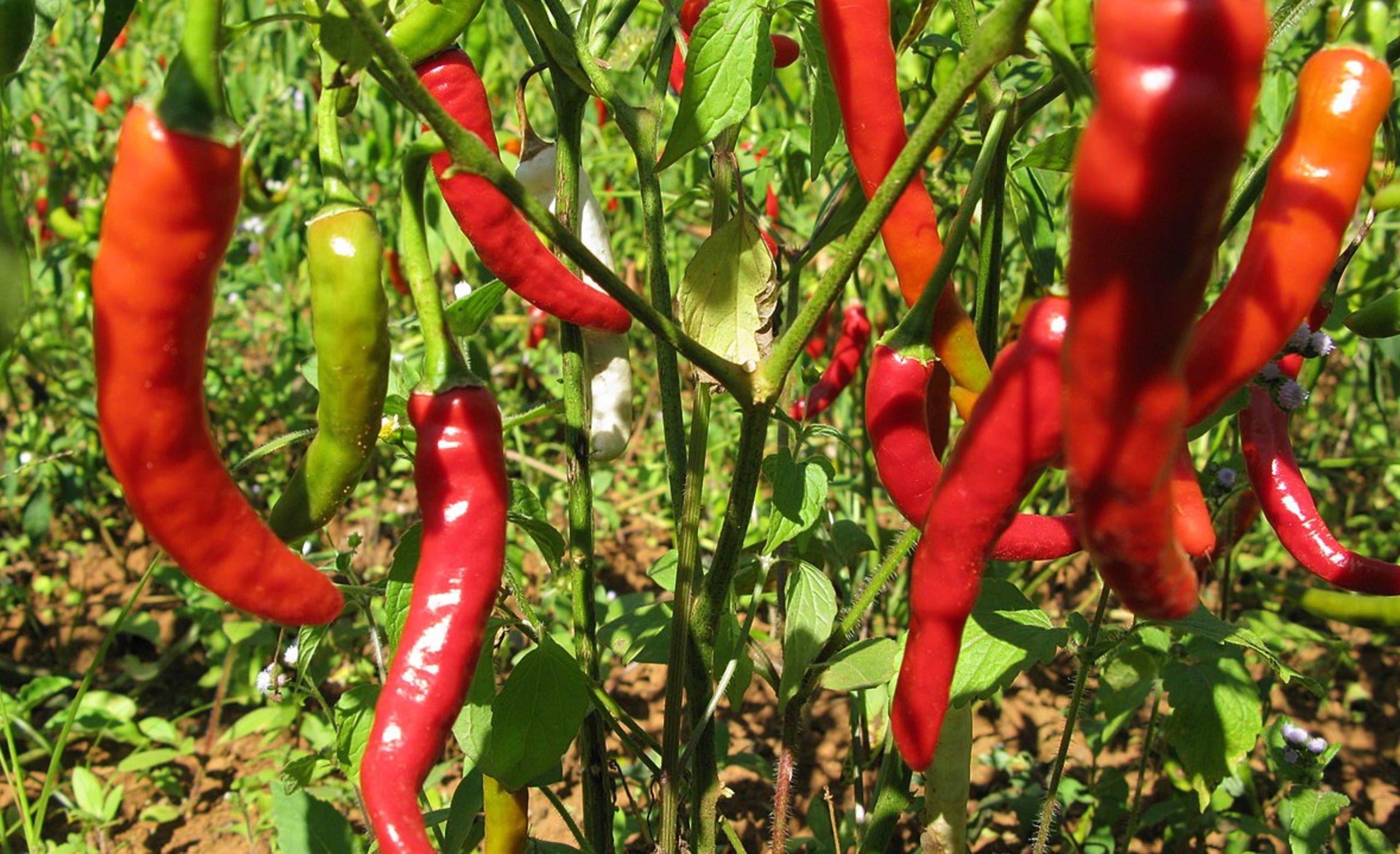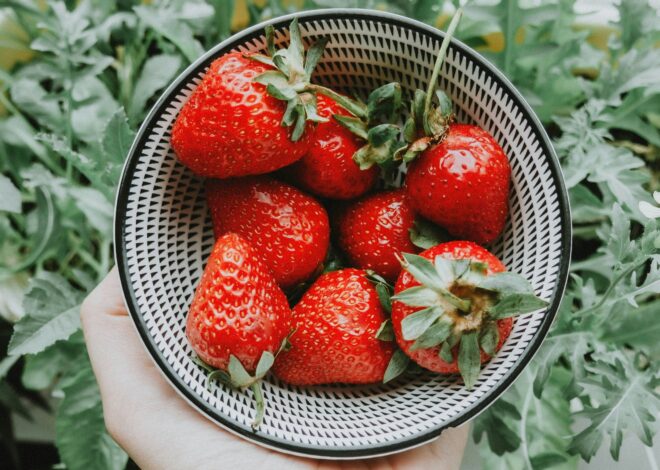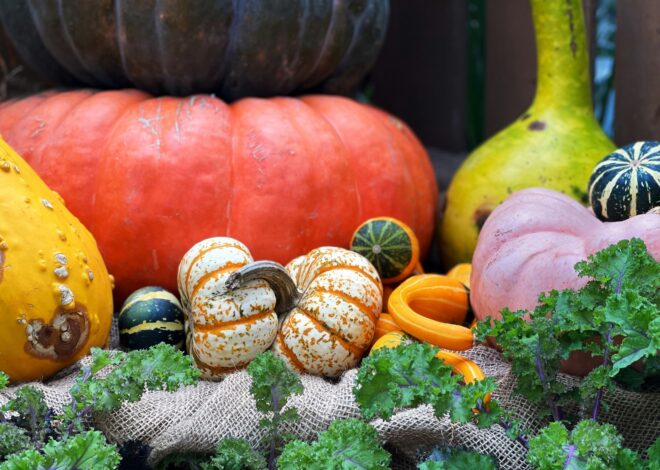
How To Grow Chili Peppers
Welcome to our guide on how to grow chili peppers. Chili peppers are more than just a spicy addition to your meals; they’re a burst of flavor, color, and creativity! Imagine stepping into your backyard or balcony and plucking fresh chili peppers straight from the plant.
Whether you crave the mild sweetness of bell peppers or the fiery heat of habaneros, growing these vibrant vegetables can be incredibly rewarding. Not only do chili peppers add zest to dishes, but they also offer numerous health benefits packed with vitamins and antioxidants. If you’ve ever found yourself wondering how to grow chili peppers successfully at home, you’re in for a treat.
This guide will walk you through every step—from selecting the right variety to harvesting your delicious bounty—ensuring that even novice gardeners can cultivate their own pepper paradise. Get ready to dive into the fascinating world of chili cultivation!
Choosing the Right Type of Chili Pepper to Grow
Choosing the right type of chili pepper is vital for a successful garden. Consider your climate first. Some peppers thrive in heat, while others prefer milder conditions. Next, think about your spice tolerance.
If you enjoy intense heat, varieties like Carolina Reaper or Ghost Pepper could be exciting choices. For those who favor milder flavors, Bell or Banana peppers are great options. Also consider how you plan to use them in cooking. Are you looking to make salsa?
Jalapeños add fantastic flavor and just the right kick. Want something for garnish? Miniature chili pepper varieties can brighten up dishes beautifully. Don’t forget about growth size! Some plants grow tall and need space, whereas dwarf varieties fit snugly into smaller gardens or pots.
Explore different types at local nurseries or online seed catalogs; it’s an adventure waiting to happen!
Planting and Caring for Chili Pepper Plants:
Planting chili pepper plants requires careful attention to detail. Start by choosing a sunny spot with well-drained soil. Space your seeds or seedlings about 18-24 inches apart, allowing room for growth. Once planted, nurturing these vibrant plants is essential.
A. Watering and Fertilizing
Watering chili peppers requires a delicate balance. These plants thrive in well-drained soil, so it’s essential not to overwater. Aim for deep watering sessions, about once or twice a week, depending on the climate and soil conditions.
Observe your plants closely. If the leaves start drooping or turning yellow, it might be time to adjust your watering schedule. Consistency is key; try to keep the moisture level stable.
Fertilizing also plays a crucial role in supporting healthy growth. A balanced fertilizer with equal parts nitrogen, phosphorus, and potassium can work wonders during the growing season. Apply it every four to six weeks.
For those looking for an organic option, compost tea is beneficial too. It enriches the soil without chemical additives and promotes strong root development while enhancing flavor profiles of your chili peppers.
B. Controlling Pests and Diseases
Pests and diseases can be a gardener’s worst nightmare, especially when it comes to chili peppers. It’s crucial to stay vigilant.
Start with prevention. Crop rotation helps disrupt the lifecycle of pests. Companion planting with herbs like basil or marigold can also deter unwanted visitors.
If you spot signs of trouble, early detection is key. Look for discolored leaves or unusual spots on your plants. These might indicate common issues such as aphids or fungal infections.
Organic solutions are often effective. Neem oil serves as a natural pesticide that targets various insects without harming beneficial ones. Additionally, introducing ladybugs can create a natural balance in your garden.
Regularly inspect your plants and remove any affected leaves immediately. Keeping air circulation good around the foliage minimizes the risk of fungal diseases developing in humid conditions.
Stay proactive, and your chili peppers will thrive despite potential threats from pests and pathogens!
C. Pruning and Training Techniques
Pruning chili pepper plants is an essential technique that encourages healthy growth. Start by removing any dead or yellowing leaves. This not only improves air circulation but also directs energy to the healthier parts of the plant.
Focus on the main stem and lateral branches. Pinching off the tips can promote bushier growth, giving you a more robust harvest later on.
Training your plants can be just as crucial. Use stakes or cages to support taller varieties and help them grow upright. This prevents branches from breaking under the weight of developing peppers.
Regularly check for overcrowding in foliage; thinning out some stems allows sunlight to reach all areas of the plant, enhancing fruit production. Make precise cuts with clean tools to minimize stress on your plants and reduce potential disease risks.
Harvesting and Storing Chili Peppers
Harvesting chili peppers is an exciting time for any gardener. The right moment to pick them often depends on their color and size. Most varieties are ready when they reach a bright, vibrant hue. Use sharp scissors or pruning shears to snip the peppers from the plant.
Avoid tugging on them; this can damage both the fruit and the plant. Handle your harvest gently to prevent bruising. Once harvested, it’s important to store your chili peppers correctly. Keep them in a cool, dry place if you plan to use them soon. For longer storage, consider placing them in paper bags and refrigerating.
Alternatively, drying is another excellent option for preservation. Hang your peppers in a well-ventilated area away from direct sunlight until they become brittle. Once dried, they can be crushed into flakes or stored whole in airtight containers for later use.
Troubleshooting Common Issues
Growing chili peppers can be rewarding, but issues may arise. One common problem is yellowing leaves. This often indicates nutrient deficiency or overwatering. Check the soil moisture and adjust your watering habits accordingly.
Another frequent concern is blossom drop. If flowers fall before fruit forms, it could be due to extreme temperatures or inadequate pollination. Ensure that your plants are in a stable environment; hand-pollinating can also help.
Pests like aphids or spider mites might attack your plants. Regularly inspect the undersides of leaves for these intruders. A gentle spray of water can dislodge them, while insecticidal soap offers extra protection if needed.
Keep an eye out for fungal diseases such as powdery mildew. Good air circulation around plants helps prevent this issue, along with choosing resistant varieties when possible. Addressing problems early will set you on the path to a bountiful harvest.
Recipes Using Homegrown Chili Peppers
Homegrown chili peppers can elevate your dishes with their vibrant flavors. One quick recipe is spicy salsa. Dice fresh tomatoes, onions, and cilantro. Add finely chopped chili peppers for a delightful kick. For those craving heat in breakfast, try adding diced chilies to scrambled eggs or omelets.
They bring a zesty twist that wakes up your morning routine. If you’re feeling adventurous, whip up some chili-infused oil. Simply heat olive oil and infuse it with sliced chili peppers until fragrant. Drizzle it over pizzas or pasta for an extra layer of flavor.
Don’t forget about pickling! Slice your chilies and soak them in vinegar with garlic and spices for crunchy condiments that brighten any meal. Consider making homemade hot sauce by blending roasted chilies with vinegar and salt—perfect for spicing up everything from tacos to grilled meats.
Conclusion: The Joy of Growing Chili Peppers
Growing chili peppers can be an incredibly rewarding experience. Not only do you get to enjoy the vibrant colors and diverse flavors, but nurturing these plants also brings a sense of accomplishment. The journey from seed to harvest is filled with valuable lessons in patience and care.
Each stage of growth offers unique challenges, whether it’s selecting the right variety or managing pests. However, overcoming these hurdles makes the harvest even sweeter. When your homegrown chilies finally reach maturity, there’s nothing quite like that moment of picking them fresh from your garden.
Incorporating your own chili peppers into meals adds a personal touch to cooking. Whether you’re making spicy salsas or flavoring dishes with a pinch of heat, each bite carries the essence of your hard work and dedication.
Embracing this gardening adventure not only connects you with nature but also enhances your culinary experiences. So grab some seeds, roll up those sleeves, and embark on the delightful journey of growing chili peppers at home!



